
It allows to keep PV going, with more focus towards AI, but keeping be one of the few truly independent places.
-
It is rare mount. Can be done, but I am not sure.
-
The Rollei QBM / M43 speedbooster comes out this week from metabones. Can RJ do the same adapter in near future?
-
Seems to be something like 0.716x, and that's great really.
Anyway taken the Nikon F/G version, cause I have a friend of mine which has Nikon lens :)
With my sigma I can get a super fast 44mm F1.0 lens! But I was looking at some zoom, do you have any suggest? Was thinking at tamron 17-50 F 2.8 to have an F2.0 lens or even a bit faster..
-
Just ordered. Anyway: there, it says "0.72x" instead of 0,71. Not so important, but just to know..
Hope will go all fine.
-
The 50mm 1.4 is really the ability to use "1.4" actually f2 with the reducer, where the difference between 1.4 and 2 on the Ais lens make a big difference with the spherical aberration.
But looking at my other results, I'm beginning to suspect that, whatever technology and glass and coating is used to make the RJ Lens Turbo, the simplicity of the design of a focal reducer (in relation to the design of a 135mm or 28mm f2.8 lens) and the advances in Nikon's coating technology between 1971 and 1981 (the two years my 135mm f2.8 and 50mm 1.8 E were 'single-coated') makes it in ways superior to the glass I'm putting in front of it. And since the main issue with my 135 Nikkor-Q and Vivitar MC Wide Angle seem to be aberrations, the coating of the focal reducer appears to be improving the coating-related colour issues more than it is degrading the sharpness, resulting in an overall more usable and pleasing image. That might also explain why the Series E 50mm f1.8 I have, which was 'single-coated' in the early 80s, doesn't exhibit the apparent benefits-the problems don't exist.
Edit: Did a test with the worst lens I have, a Nikon 43-86mm at 86mm wide open (this lens just got more use than it will for the rest of its existence), as your statement, @vicharris , that you haven't seen a test making a lens sharper when used wide open after looking at my two tests showing a subjective sharpness increase using the reducer wide open, insinuates I am, at best, sloppy in my testing. I adjusted the colours to, I hope, show you evidence of my theory (there does appear to be a sharpness hit, but there is clearly an LCA benefit, and in the un-adjusted shot the subjective result is a subjective sharpness increase, making the shot totally unusable instead of complete and utter garbage). But this really is the last test, I'm happy with the reducer, with my lenses, for my purposes. If you have good old nikons that are sharp, but have aberration issues wide open, I think you would be amazed at what the RJ Lens Turbo does to those lenses. If you only plan to use the Sigma 18-35 f1.8 and $2000 f2.8 professional zooms, you'll have to do your own testing.
Full disclosure: I'm just a guy testing a product I paid for, giving an honest opinion. No one is giving me anything for my time, except @vicharris and his skepticism.
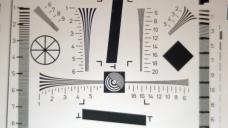
 RJ 43-86mm at 86 Wide Open Colour Adjusted.jpg1920 x 1080 - 1M
RJ 43-86mm at 86 Wide Open Colour Adjusted.jpg1920 x 1080 - 1M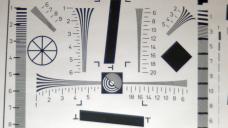
 Voigt 43-86mm at 86 Wide Open Coulour Adjusted.jpg1920 x 1080 - 1M
Voigt 43-86mm at 86 Wide Open Coulour Adjusted.jpg1920 x 1080 - 1M -
Yeah, honestly, I've never seen a test of any speedbooster, making a lens sharper when used wide open. Not saying it can't happen but they all usually take a hit, IQ wise, wide open.
-
Last test for now, Nikon 50mm f1.8 Series E wide open, which seems to show almost no change in IQ, but with the added light etc (I had to double check that I didn't take two pics from the same shot). If you own older Nikon glass and a m43 camera of any kind, this product is well worth the price I paid (about $50 more than I paid used for the Voigtlander passive adapter used for these tests, and about $50 less than it goes for new). I do not own any f2.8 $1800 zooms or any 1.4G lenses, so I can't test those. If I did, I'd probably not balk at $549+tax locally for the Metabones, anyway. But this focal reducer has made the following lenses more usable on the GH2 and BMPCC: Nikon 50mm f1.4 AIS Nikon 135mm f2.8 pre-AI especially wide open Vivitar 28mm f2.8 making is usable wide open (f2-ish, showed the most improvement overall) I plan to get my hands on a Sigma 10-20 to test (ahead of purchasing) to get as wide as I can on the pocket and I won't hestitate to use it with this adapter, but I will post test shots of that when I can.
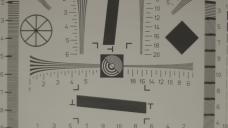
 RJ 50mm 1.8 Series E Wide Open.jpg1920 x 1080 - 932K
RJ 50mm 1.8 Series E Wide Open.jpg1920 x 1080 - 932K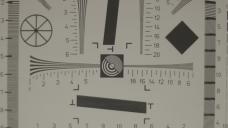
 Voigt 50mm 1.8 E Series Wide Open.jpg1920 x 1080 - 933K
Voigt 50mm 1.8 E Series Wide Open.jpg1920 x 1080 - 933K -
@vicharris There will be no no-variable test, wide open the two setups are different. But I tried as good as I could to minimize but make light one of the variables as you suggested. Framing variable also the same. Made for similar results, as far as I can tell.
Edit: Added Panasonic Lumix 20mm f1.7 wide open for a reference (clearly from a different time in technological history)
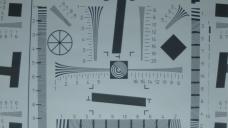
 Voigt Wide Open 28mm.jpg1920 x 1080 - 965K
Voigt Wide Open 28mm.jpg1920 x 1080 - 965K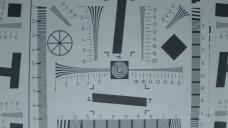
 RJ Wide Open 28mm.jpg1920 x 1080 - 979K
RJ Wide Open 28mm.jpg1920 x 1080 - 979K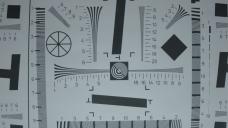
 Wide Open Pana 20mm Ref.jpg1920 x 1080 - 979K
Wide Open Pana 20mm Ref.jpg1920 x 1080 - 979K -
@inukhiphop Why don't you add light to the non booster test to remove all the variables. It doesn't make much sense to compare items if you have any sort of variable.
-
Here are two jpgs (from tiff screenshots) of a quick and dirty test. I'd like to know if I'm doing something wrong, but there appears to be an increase in the quality of basically everything with the RJ Lens Turbo. Both shots are wide open, the two changes between the shots was about 1ft (30cm) back with the Voigtlander for framing, and shutter angle 180° for the RJ, 360° for the Viogtlander. Could the shutter angle be making this much of a difference! BMPCC Vivitar 28mm f2.8 Wide Angle MC Nikon Ai RJ Lens Turbo adapter (making the lens approximately a 20mm f2) Voigtlander F-M43 adapter
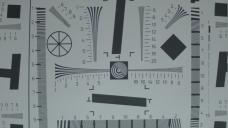
 28mm RJ Wide Open.jpg1920 x 1080 - 963K
28mm RJ Wide Open.jpg1920 x 1080 - 963K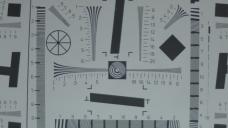
 28mm Voigt Wide Open.jpg1920 x 1080 - 960K
28mm Voigt Wide Open.jpg1920 x 1080 - 960K -
"Showing the benefits of the extra stop of light, the reason I purchased the RJ Lens Turbo focal reducer (getting the lens to be a ~35mm is not important, I have other lenses to cover that length). The Nikon 50mm AIS is 'usable' at f1.4, stopping down to f2 makes a big difference in spherical aberration (and, not shown in this test, coma). The focal reducer, though perhaps degrading the image (acceptably or otherwise) at smaller f-numbers, works to make this lens (as well as any lens that improves immediately from stopping down one stop, including a couple of other lenses that I already own, but this was the most important one for me in deciding to purchase the focal reducer) much more usable at a light transmission of 'f1.4'. Overall, early in my ownership of this affordable 'alternative' to the Metabones Speedbooster, I'm happy that I made the purchase.
I did have to make a slight adjustment to my lens, sanding down a few millimetres of a protruding piece of metal, but it was no big deal.
Shot on a GH2 (Moon T7) adjusting camera placement to keep framing the same, and as stated above, stopping down one stop with the RJ Lens Turbo to keep the exposure the same. Focus (using focus-assist) is on "What Can We Learn From Traditional Societies?" Voigtlander F-Mount to M43 is the first shot, follwed by the RJ Lens Turbo F/G to M43 shot.
When I purchase the Sigma 10-20mm (or Tokina 11-16) I will do a wide angle test (getting these lenses to 7-8mm would be the reason to use them on the focal reducer). But for the price, and if you already own a lens where the benefit of one stop makes a big difference such as the 50mm f1.4 AIS, I would already recommend this reducer."
The reducer arrived in Ottawa, Ontario, Canada, from China (with tracking, including with Canada Post for the last leg) within the 2-3 weeks stated (18 days)
-
With RJ nikon G adapter can i control aperture without problems?
yes
What about infinity focus?
Present :-)
Would like to have this combo with omd for ibis, could be a good idea?
You need to ask OMD owners how it works with wide and tele adapters. But I think that you just set focus length in menu and it works, at least on Pentax it is so.
Also, on Nikon G adapter can i mount Nikon F (Ai-Ais) lens?
Yes, of course. Both are Nikon F mount.
And the last thing: is the blue dot issue appearing at fast values (1.4) or darker (about f11, for exemple) of F?
Check slightly above, users made tests.
For the final price and to order, have i to send you pm? Thanks.
Yes. Btw, price is already final.
-
Sorry Vitaliy, i'm trying to decide. I've with me a Nikon G lens as the Sigma 30mm 1.4 is. A very good lens, but it does not have aperture ring. With RJ nikon G adapter can i control aperture without problems? What about infinity focus? Would like to have this combo with omd for ibis, could be a good idea? Also, on Nikon G adapter can i mount Nikon F (Ai-Ais) lens? And the last thing: is the blue dot issue appearing at fast values (1.4) or darker (about f11, for exemple) of F? For the final price and to order, have i to send you pm? Thanks.
-
So, Rj and Mitakon are similar, the first better in corner but some blue dot issue in certain situations, the second better center but worst at corners.
It is topic about RJ, for Mitakon I suggest to ask in corresponding topic, we have one. RJ is better than Mitakon in all regards as far as I remember.
The last question: both of them can't let you adjust aperture, right? Cause i've a lens without aperture ring, and would like to know if i can control from this adapter or from cameera directly (i hope but i don't think so..)
It depend on the specific adapter. Nikon G has aperture ring. FD has similar thing with open-close limit positions.
-
So, Rj and Mitakon are similar, the first better in corner but some blue dot issue in certain situations, the second better center but worst at corners.
The last question: both of them can't let you adjust aperture, right? Cause i've a lens without aperture ring, and would like to know if i can control from this adapter or from cameera directly (i hope but i don't think so..)
-
Leica R to m43 and Pentax PK to m43 RJ adapters are available
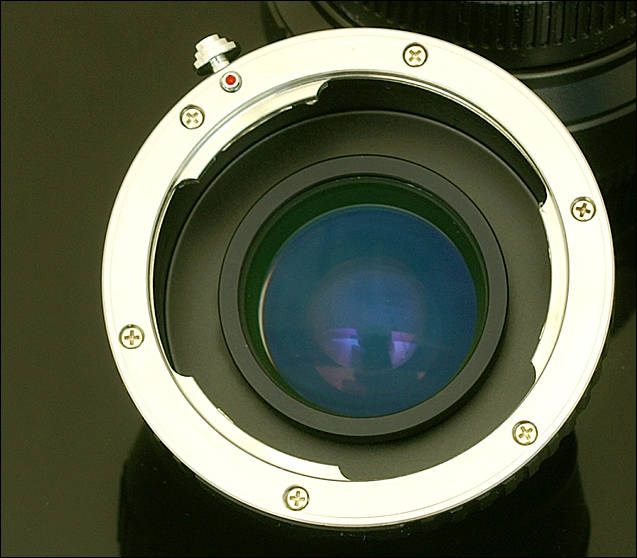
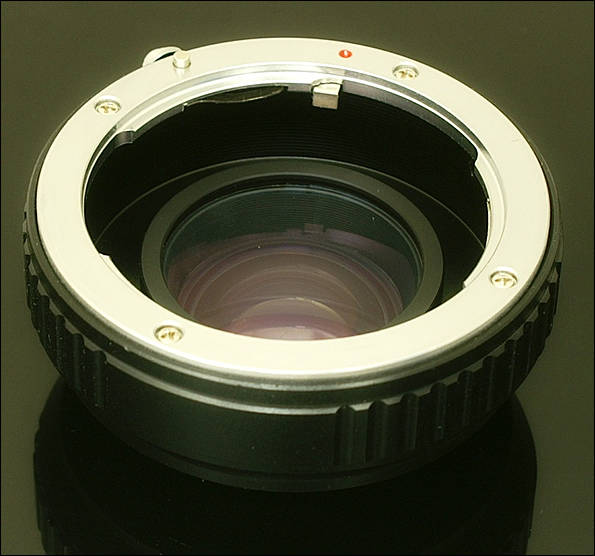
Terms are all same.

 nikon_v78.jpg637 x 558 - 47K
nikon_v78.jpg637 x 558 - 47K
 nikon_v79.jpg595 x 556 - 39K
nikon_v79.jpg595 x 556 - 39K -
Rj speed booster & G6... look at this swiriling bokeh! Lenses : samyang 85t1.5, 14t3.1 and takumar smc 50 f1.4
-
RJ is initials of the firm founder :-) As for Mitakon - it is worse as I know.
-
Sorry the silly question, but RJ stands for what? Is Mitakon better than this rj?
-
That sounds good, will you pm me when the Minolta mount sr/mc/md adapter is out? I will buy that adapter.
-
Will there be minolta md version?
As far as I know answer is positive for Minolta SR mount.
-
Will there be minolta md version?
-
@kellar42. My 24mm Nikon AIS didn't work because of a protrusion too. I filed it down and its working now. If you wish to do it. Do it at your own risk. Just make sure you have the back lens and all other areas around the protrusion covered. I used lens tissue to cover the areas.
-
@ICProductions any problems in the optical path will become more pronounced the wider your lenses are. That means there is more tolerance in the longer focal length lenses.
I think if you can adjust the RJ for the 11mm end of your Tokina, wide open, the rest of your lenses will still work fine. The RJ appears to be introducing a new problem.
-
I like mine a lot but I can't seem to get it to work with my Nikon 50mm or 18mm, I think because of a protruding piece of metal on those lenses.
Howdy, Stranger!
It looks like you're new here. If you want to get involved, click one of these buttons!
Categories
- Topics List23,991
- Blog5,725
- General and News1,353
- Hacks and Patches1,153
- ↳ Top Settings33
- ↳ Beginners256
- ↳ Archives402
- ↳ Hacks News and Development56
- Cameras2,367
- ↳ Panasonic995
- ↳ Canon118
- ↳ Sony156
- ↳ Nikon96
- ↳ Pentax and Samsung70
- ↳ Olympus and Fujifilm101
- ↳ Compacts and Camcorders300
- ↳ Smartphones for video97
- ↳ Pro Video Cameras191
- ↳ BlackMagic and other raw cameras116
- Skill1,960
- ↳ Business and distribution66
- ↳ Preparation, scripts and legal38
- ↳ Art149
- ↳ Import, Convert, Exporting291
- ↳ Editors191
- ↳ Effects and stunts115
- ↳ Color grading197
- ↳ Sound and Music280
- ↳ Lighting96
- ↳ Software and storage tips266
- Gear5,420
- ↳ Filters, Adapters, Matte boxes344
- ↳ Lenses1,582
- ↳ Follow focus and gears93
- ↳ Sound499
- ↳ Lighting gear314
- ↳ Camera movement230
- ↳ Gimbals and copters302
- ↳ Rigs and related stuff273
- ↳ Power solutions83
- ↳ Monitors and viewfinders340
- ↳ Tripods and fluid heads139
- ↳ Storage286
- ↳ Computers and studio gear560
- ↳ VR and 3D248
- Showcase1,859
- Marketplace2,834
- Offtopic1,320








